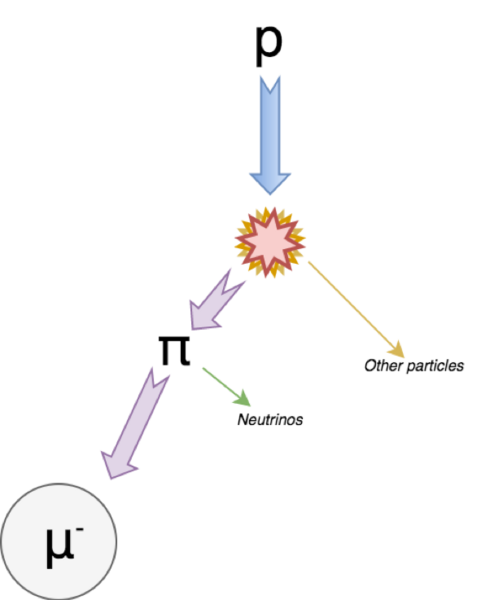Factors Influencing Muon Flux and Lifetime: An Experimental Analysis Using Cosmic Ray Detectors
(1) Troy High School, Troy, Michigan, (2) Cranbrook School, Bloomfield Hills, Michigan, (3) Wayne State University, Detroit, Michigan
https://doi.org/10.59720/19-099
Muons, one of the fundamental elementary particles, originate from the collision of cosmic rays with atmospheric particles and are also generated in particle accelerator collisions. Muon flux and lifetime are usually analyzed to obtain important insights regarding time dilation and to ascertain the characteristics of the particles and processes that occur during collision. In this study, we analyzed the factors that influence muon flux and lifetime using Cosmic Ray Muon Detectors (CRMDs). We hypothesized that the positioning of cosmic ray detector scintillator plates and depth of water above such scintillator plates would affect muon flux and lifetime. Muon flux and lifetime would be affected as an increase in matter in the path of a muon would slow or stop muons passing through it. Altering liquid shielding indicated that muon flux was inversely related to the depth of water that it passed through. Altering scintillator positioning indicated that detection rates of muon decay increased with the distance between the top and bottom of the scintillator plates resulting from the scintillator plate orientation. Unlike previous studies, the effects of the shielding were noticeable at smaller scales. Overall, this study suggests that water can be used to decrease muon flux and that the scintillator orientation is a potential determinant of the volume of data collected in muon decay studies.
This article has been tagged with: